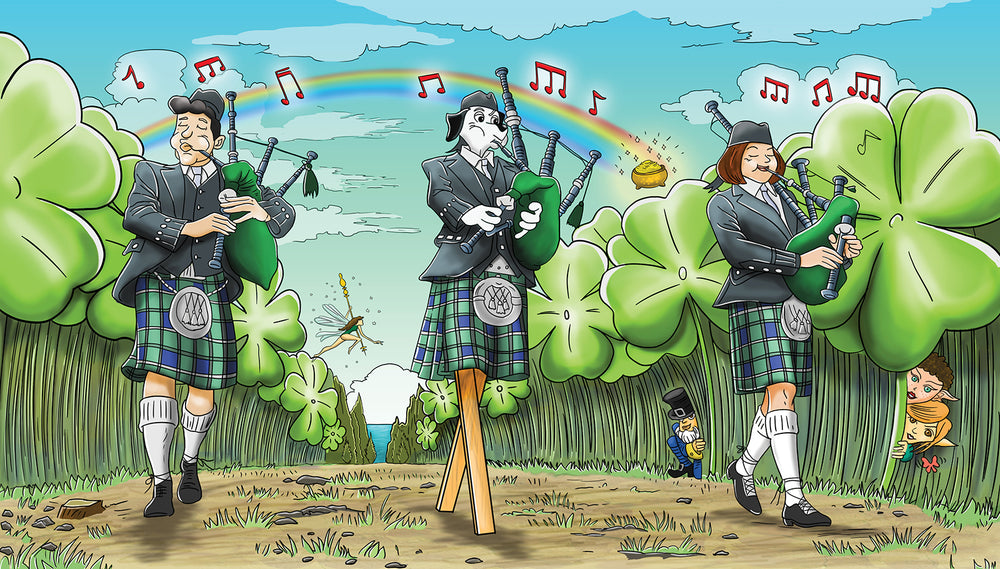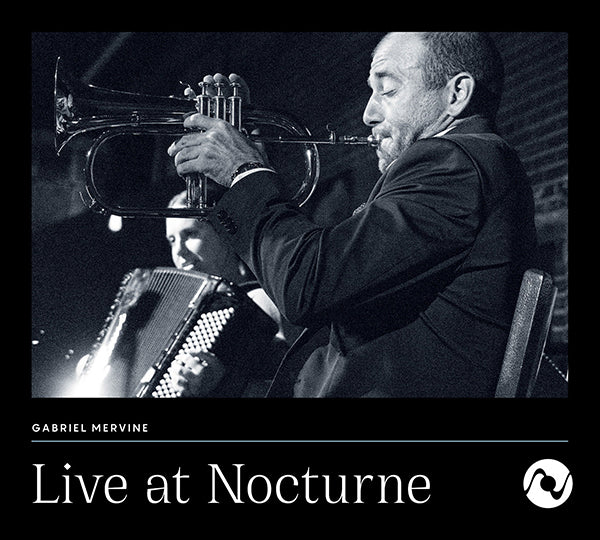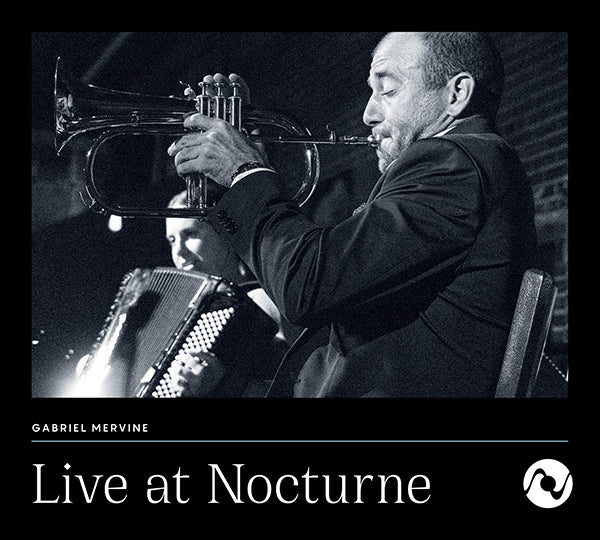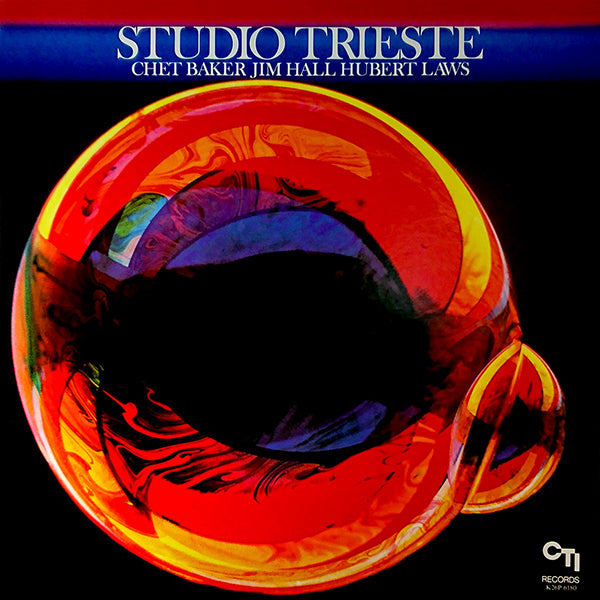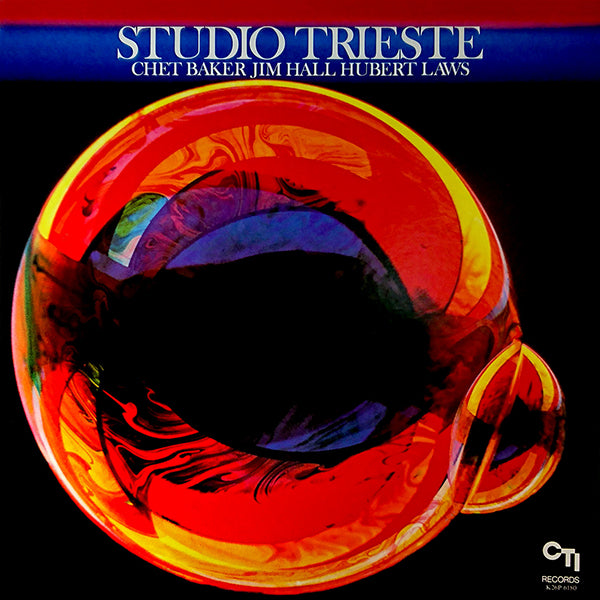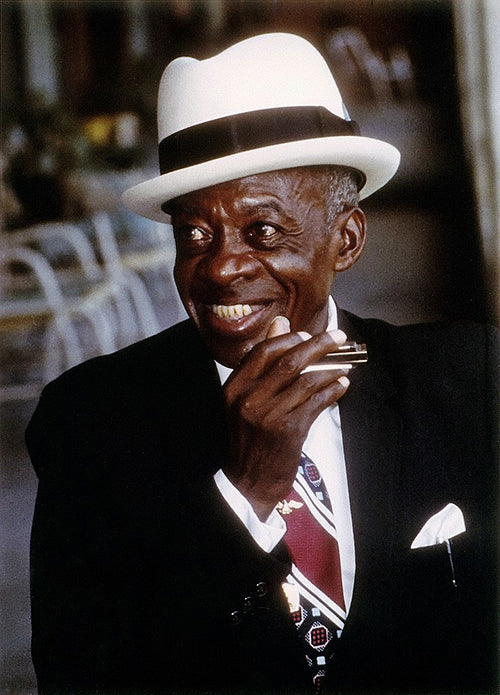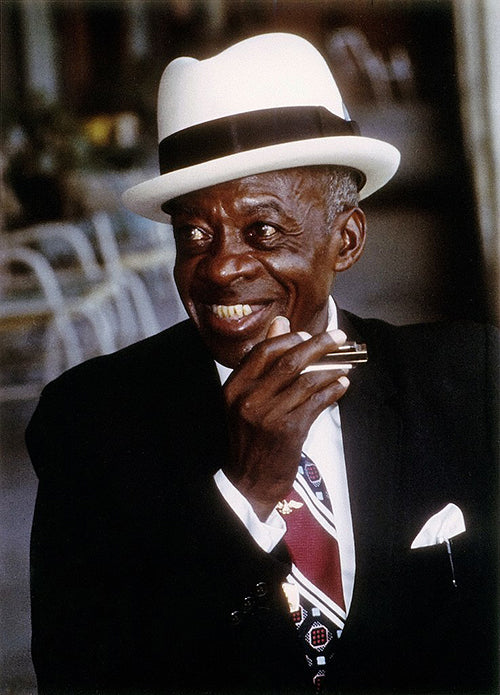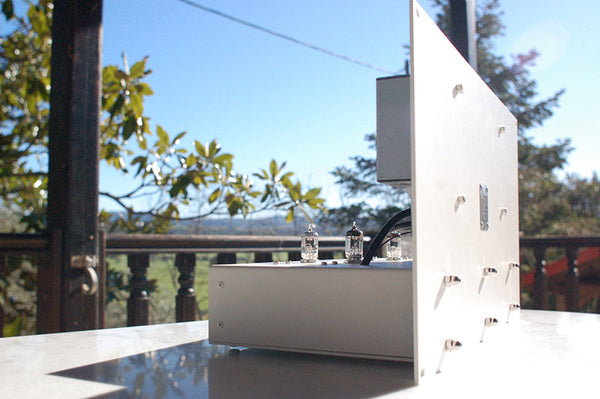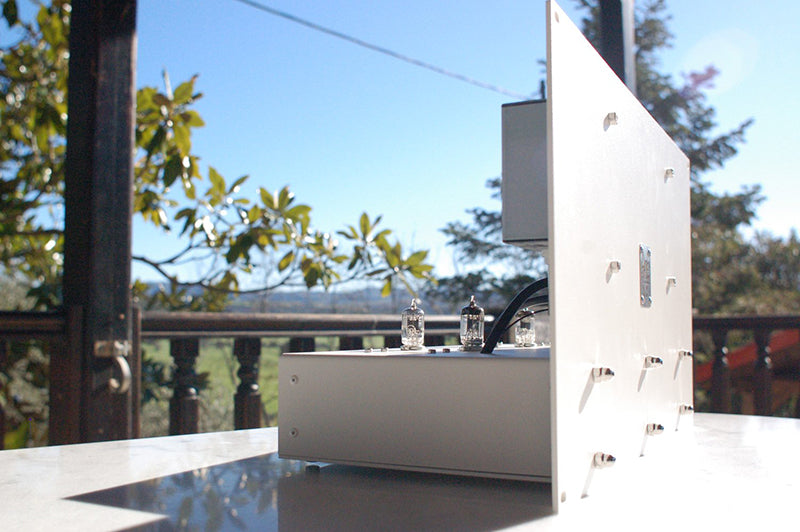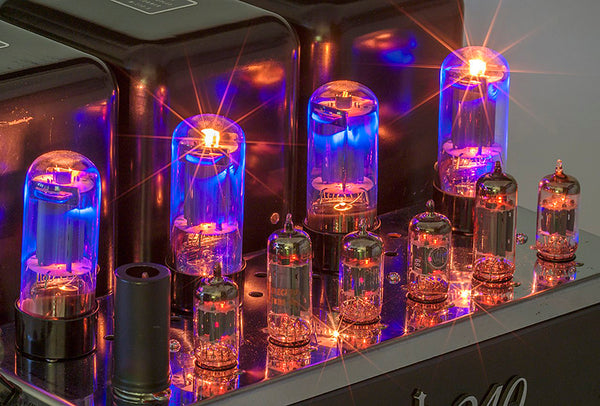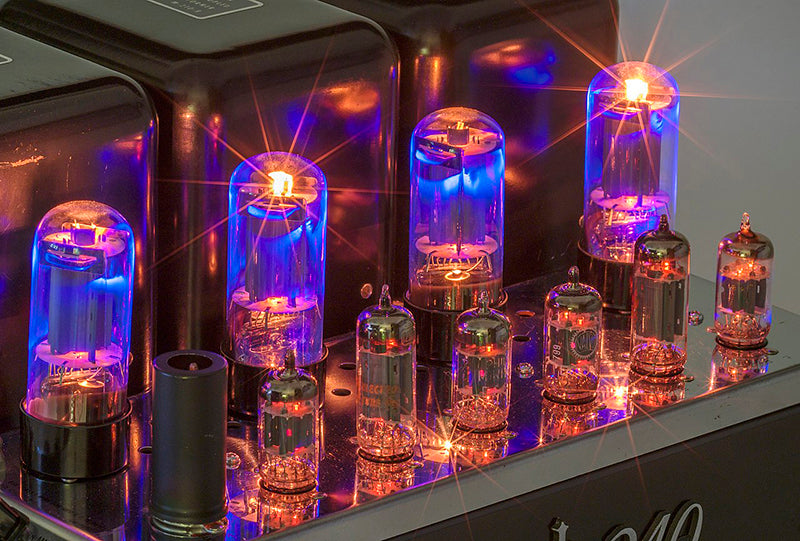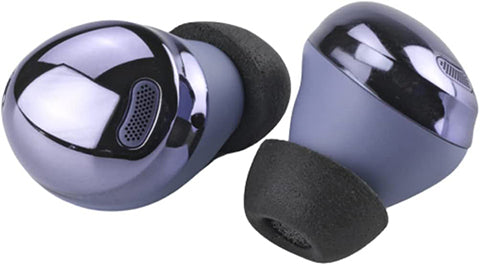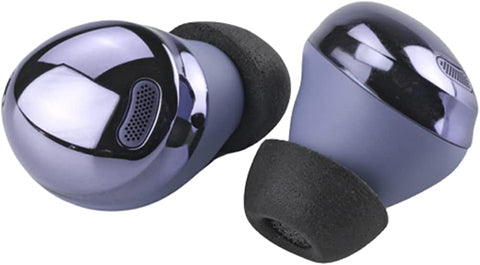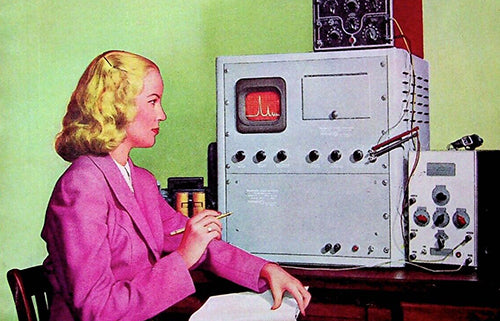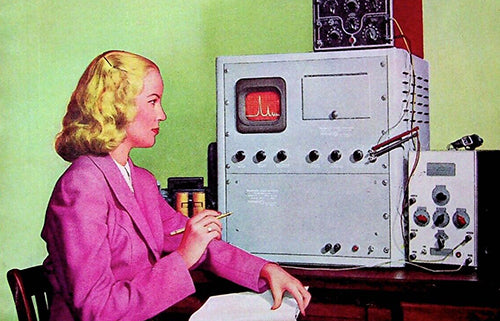This was my third consecutive trip to the Florida Audio Expo (I’ll call it FLAX for short), and the overall experience was the best yet. The show was completely sold out; there was so much more to see than in previous years, but also so very much to attempt to pack into a relatively short weekend! Unlike last year, there wasn’t anywhere near the level of “musical chairs” that had to be played between the printed show guide information and the actual room any particular exhibitor occupied. That made it fairly effortless to locate the rooms I wanted to see. There was a really good turnout of show attendees – the hallways and elevators were really packed both Friday and Saturday, if not so much on Sunday. I felt the show was a great success.

Synergistic Research and Von Schweikert Audio in conjunction with Scott Walker Audio
A lot of folks are disciples of Ted Denney’s products; I’m not one of them, at least, not yet! That said, my hotel room was two doors down from the Synergistic Research (SR) room, so it was logically the first room I visited on Friday morning. Synergistic Research’s enhancement products and cable offerings were being displayed in combination with loudspeakers from Von Schweikert Audio, in cooperation with their dealer, Scott Walker Audio. Power and preamplification was supplied via a very nice Master series setup from Valve Amplification Company (VAC). The analog source was a VPI turntable equipped with a Lyra cartridge; for digital sources, Berkeley Audio Design provided their flagship Alpha DAC Reference Series 3. The server/streamer was a proprietary design not yet released by Synergistic Research. Von Schweikert took a bit of a lower profile this year, in a smaller-than-usual room that featured the excellent Endeavor SE loudspeakers in an eye-catching, high-gloss red finish. I thought those speakers almost single-handedly stole the show last year from the larger, much more expensive Ultra 7.
The Endeavor SEs were set up in an almost near-field position when compared to the cavernous Bayshore ballroom from previous FLAX/Von Schweikert Audio experiences. That said, they produced a moving and impactful presentation with the excellent digital source material from SR and Berkeley. Having that megabuck VAC Master equipment providing both muscle and finesse definitely confirmed my previous impressions – the Endeavor SE can go toe-to-toe with just about anything out there, at any price point.
I noticed that there were very small “dots” that were positioned at strategic points on the top, face, and sides of the loudspeakers, and even at locations on the room walls and ceiling. They were Synergistic Research HFTs (High Frequency Transducer), and are designed to make the loudspeakers “disappear” in the room. I have to admit, I really felt the Endeavor SE did indeed seem to disappear and totally got out of the way of the music!

TAD Laboratories with Jim Anderson and Ulrike Schwarz
TAD (Technical Audio Devices) Labs is a Japanese company that’s orchestrating a push back into the US audio markets, and did so in a big way at FLAX this year. Not the least by exhibiting in the hotel’s big Bayshore ballroom, and it didn’t hurt that they also invited industry icons Jim Anderson and Ulrike Schwarz to discuss their involvement with recording jazz artist Patricia Barber. The duo spun a carefully-selected group of tracks from Barber’s numerous albums, at multiple events over the weekend on two very different room systems composed entirely of TAD electronics and loudspeakers. None other than Andrew Jones designed TAD’s big Reference One loudspeakers, so you know the sound was crazy good.
Jim Anderson and Ulrike Schwarz became TAD’s de facto deejays, hosting curated listening events throughout the weekend. Anderson and Schwarz played music from and discussed their involvement in the recordings of jazz composer, pianist, and vocalist Patricia Barber. Jim Anderson has recorded all of Barber’s 10 studio albums, while Ulrike Schwarz orchestrated the 32-bit/352.8kHz DXD recording and transfers of Barber’s latest albums, Higher (2019) and Clique! (2021). I’ve been a huge fan of Patricia Barber since forever, and I found Jim and Ulrike’s commentaries and discussions to be both entertaining as well as enlightening. The TAD sound was incredibly good.

Suncoast Audio in the Florida Room (and elsewhere)
Florida retailer/distributor Suncoast Audio was located in two rooms that both featured loudspeakers from Clarisys Audio. The large Florida room featured the US debut of the massive Clarisys Auditorium loudspeakers, with power and preamplification provided by Block Audio. The analog setup included a VPI turntable and Studer open reel deck; digital sources featured equipment from MSB Technology and Taiko Audio. Cables were by Nordost and all equipment stands and racks were from Critical Mass Systems.
As I entered the room, I was instantly struck by deja vu; the Clarisys loudspeakers looked very much like Apogee speakers from way back when! Clarisys designer Florian Wiegand jokingly told me he “shamelessly stole” from Apogee, then re-engineered the base design with better components and materials to create Clarisys’ distinctive sonic signature. I had to agree that the Clarisys loudspeakers had the openness of sound of Apogees, without the harshness I previously attributed to them back in the day. The excellent amplification from Block Audio contributed to the exceptional overall sound of the room.
Suncoast’s second room upstairs featured the smaller Clarysis Minuet loudspeaker, with amplification from Hegel. The analog source was a Rega turntable, and the digital playback was provided by equipment from MSB, Aurender, and Lumin. Cables, power conditioning, and the Altaira chassis grounding system were supplied by Shunyata. The Minuet retained much of the same musical character as its larger sibling, but most of the hubbub in the room revolved around the Shunyata Altaira chassis grounding demonstration. I caught this demo last year, and it was astonishing; Shunyata has made improvements to the Altaira since then. The room was packed, and it was amazing how many vocal outbursts came from guys during the demo. many left shaking their heads – you have to hear it to believe the difference!

High End By Oz, featuring Thrax, Lansche Audio, Albedo Silver, and Hifistay
High End By Oz is an LA distributor of many exotic brands, and visiting “Oz” Turan’s room is always a highlight at any audio show. I first saw the Thrax brand at AXPONA a while back, and was impressed by the size of the massive tubes used in their amplifiers. And even more so by the impressive sound! Oz’s product offering was centered around German manufacturer Lansche Audio‘s No.5.2 loudspeaker, which features their proprietary Corona ion plasma tweeter. Amplification and all other electronics were by Thrax, which manufactures everything in their product line in Bulgaria. Cables were provided by Albedo Silver and the racks were courtesy of Hifistay.
That plasma ion tweeter is what makes the Lansche No.5.2 so very special, and the hybrid tube mono Thrax amplifiers were perfectly mated to them. The tweeter is crossed over around 2.5 kHz, and is reproducing a lot of midrange information as well. The idea is that with no mechanical moving parts, the tweeter should show an improved degree of transparency throughout its frequency range. Everything I heard on this system displayed the kind of delicacy and clarity that definitely supported that conclusion.

DH Labs Silver Sonic cables
Greg Hovsepian and DH Labs were again present in the main floor hallway near all the big rooms, where they showed their excellent line of exactingly well-made cables. Nice guys, and it’s always a pleasure to stop by and talk shop with them.

MBL with United Home Audio and Wireworld cables
The MBL sound isn’t typically my particular poison, but David Solomon of Qobuz insisted that I must hear the MBL 101E Mk II that were featured this year. The Tampa Terrace room featured an all-MBL complement of electronics, along with the 101E Mk II – which sits in the middle of MBL’s loudspeaker lineup. The room also featured an open reel deck from United Home Audio (MBL’s dealer in the Virginia/Maryland/DC area); all cables in the room were Wireworld Eclipse 8. United Home Audio represents a vast array of high-end brands, and also sell their own line of open reel decks – they’re becoming the industry standard in that growing segment. One of those decks happened to be playing when I visited the packed room. Some audiophiles worship open reel above all else, as a tape is probably about as close as you’ll ever get to the original master.
So how did the MBL speakers sound? I love the 360-degree radiating pattern of MBL loudspeakers; they cast a huge soundstage, with an astonishing stereo image. I’ve always found them to be a little harsh at the top, but that simply wasn’t the case this year; the 101E Mk IIs displayed a warm and almost liquid top end that wasn’t as fatiguing as I’d found in my previous exposure to the brand. I didn’t think I could live with MBL loudspeakers, but this year’s visit to FLAX has me definitely rethinking that.

Acora Acoustics with VAC and Cardas in the big Westshore Ballroom
Acora Acoustics shared the large Westshore ballroom with Valve Amplification Company. The VAC lineup featured their massive, kilobuck Statement line of amplifiers, preamplifier and phono preamp, and associated electronics. All cabling was by Cardas. The analog source was an Oracle Delphi Reference table that was fitted with a Reed 1H tonearm and a Lyra Atlas cartridge. The digital source setup featured an Oracle CD transport, streaming from Aurender, and a Lampizator DAC. I only experienced playback from the digital source during my multiple trips to the room.

The Acora VRC-1 were fed by sources from Oracle, Lyra, Lampizator, and Aurender
Acora’s display featured a pre-release preview of their soon-to-be flagship loudspeaker, the VRC-1. At over 400 lbs. each, these guys are literally behemoths. Prospective buyers need to consider whether they might need concrete slab floors to support these granite-cabinet monsters. Moving each one of these guys is probably something like moving a piano.
I walked into Acora’s room on the first day, apparently after they’d just finished playback of a track where someone in the room measured peak SPLs in excess of 120 dB! A guy sitting in the front row just kept shaking his head, shouting “Stupid good! Stooooopid good!” Next, a couple of orchestral pieces roared out of the VRC-1, and the massive scale and ultra-realism of the sound also had me shaking my head. Some electronica followed, which stunningly bounced about the room. Don’t get me wrong, the Acora VRC-1 could play very loudly, but they also offered a balanced and supremely musical presentation. A guy in the room asked what I thought about the granite cabinets – I told him that I was conflicted. He replied, “But they’re so rigid!” Rigid, yes, but I just never thought that stone would provide a good substrate for building a high-end loudspeaker. Stooooopid good? Absolutely!

Classic Audio Loudspeakers with Atma-Sphere in the Cypress Ballroom
John Wolff’s Classic Audio Loudspeakers has been exhibiting in the cavernous Cypress ballroom for several years running now; the room is definitely a must-hear. Amplifiers and preamps were from Atma-Sphere, and cables were provided by Purist Audio Designs. The source was a Technics SP-10 turntable, which was fitted with a Tri-Planar tonearm, and a couple of open reel decks were also present. This was one of the only rooms at the show where you’d hear strictly analog source material.
John put on an LP of Kraftwerk’s Tour de France — no one asked for it, he just pulled it out from one of his record shelves. As the music began, John reached over to the Atma-Sphere preamp and gave the knob a slight twist – and the really large room was suddenly energized beyond belief. I sat there motionless, listening to the massive scale of sound, thinking, “If I could only win the lottery.” As the record ended, John asked for any requests, and I said that more Kraftwerk was great with me. He flipped the album and I stayed for the duration. Every time I visit this room, I make a discovery of previously unheard music that often rocks my world!

Gershman Acoustics with Valve Amplification Company and Cardas Audio
I always make a point to get to the Gershman Acoustics room; the sound is usually great, and they’re such very nice people. They partnered this year with Valve Amplification Company, whose system featured amps and preamps from their Master line. All cables were from Cardas Audio. This was a digital-only system featuring a server/streamer from Wolf Audio and a DAC from EMM Labs, with Roon providing the library management.
Gershman again exhibited their Grande Avant Garde loudspeaker. Ofra Gershmann told everyone it’s been in production now for 30 years, though of course with continual improvements and refinements. The angled front panel projects the midrange and tweeter information in such a manner that it creates an exceptionally lifelike stereo image, with soundstaging that’s both wide and deep. The Grande Avant Gardes go much lower than you would expect; there’s a tuned vent in the loudspeaker’s base that creates a pressure differential that produces the speaker’s incredibly deep bass. I’ve heard chamber music, jazz vocals, and even Metallica on the Gershman loudspeakers and they always manage to pull things off effortlessly.

Geshelli Labs
Geshelli Labs is a family-owned company; they manufacture headphone amps and DACs in their facility in Florida, and every member of the extended family works in an aspect of production. Business has been good for them – they can barely meet the demand for their products, which are back ordered throughout the line. Geno Geshelli and his wife Sherri spearhead the operation, and their enthusiasm for their business and product line is contagious.
Geshelli upgraded to two rooms at this year’s FLAX, and those rooms featured the most colorful and intense lighting schemes at the entire show. One room showcased their headphone amp and DAC products, and some of the case designs are off-the-charts crazy good, featuring industrial-looking aluminum exteriors with almost-neon lighting and faceplates. Others have exotic, carved-wood finishes that are essentially works of art.

Geno Geshelli tells attendees not to expect anything but blues or rock during their new amp demo
The second room showcased a new stereo integrated amp that Geshelli recently developed. It’s a high-current, Class AB design that outputs about 75 watts per channel, features really cool UV meters, and also has a built-in phono stage. Ahead of the demo, Geno let the room know that Geshelli embraces a rock and roll ethos, so listeners shouldn’t expect any classical or jazz music. The room featured a pair of Klipsch floorstanding loudspeakers and a subwoofer; when he launched a couple of tracks from blues guitar slinger Samantha Fish, the room really started rocking. The amp produced a bold and big sound that made Samantha Fish come alive as though she were actually in the room. I’ll definitely keep my eye on this one!

Fidelity Imports
I was a big fan of dealer Tenacious Sound’s two rooms at last year’s FLAX, and was disappointed to see in the pre-show information that they wouldn’t be exhibiting this year. I follow owner Shayne Tenace on social media and we’ve kept in touch over the last year with IMs and so on. I recently relocated to the Charleston, South Carolina area, and Shayne has also made public his plans to move to the same town and open a high-end dealership nearby. If you follow Shayne, you know that he pushes himself physically to stay in shape with a rigorous weight lifting regimen. And that he suffered a serious injury last year that’s probably put the move to South Carolina on the back burner at least until he’s 100 percent. I was disappointed he wouldn’t be in Tampa, but not totally surprised by the turn of events.

Shayne Tenace was back in action at FLAX.
Imagine my complete surprise when I walked into the Fidelity Imports/Q Acoustics room to see Shayne there alive and well, and seemingly nearly recovered! Shayne was assisting with the Q Acoustics room at the show – Fidelity Imports is the distributor for many of the brands he sells in his dealerships. I counted seven(!) rooms at FLAX where Fidelity Imports was showing equipment.

The Unison Research amp was a perfect match for the Concept 300 loudspeakers.
Shayne’s Q Acoustics/FLAX room featured the Concept 300 standmount loudspeaker, amplification from Unison Research, and cables provided by Audioquest. Digital sound was courtesy of an Innuos Zen Mini system, and racks were from NEO High End. The Concept 300 loudspeakers offered a huge sound, with nearly unbelievable dynamics coming from a smallish standmount design. Their bass response plumbed the depths of the room, with no subwoofer in sight. The system on display clocked in at right around $10,000 – making me wonder how could you get this level of exceptional sound quality at such a low price point.

The Perlisten loudspeakers and subs sounded magnificent.
Fidelity Imports’ room next door featured a Perlisten system, including their R5M stand-mount loudspeaker with RSLR-HGB speaker stands and a pair of R210s subwoofers. An Audia Flight FLS10 integrated amplifier provided the muscle, and cables were from AudioQuest, with equipment racks from NEO High End. An Innuos Zenith Streamer provided the digital source. The Perlisten speaker system sounded pretty fabulous; the sound was fluid and impactful, probably in no small part due to the excellent Audia Flight amp.

The Dyptique DP 107s were unique among the loudspeaker designs I saw over the weekend.
Down the hall was another Fidelity Imports room that featured a really great-looking pair of flat-panel loudspeakers, the Dyptique DP 107. It’s an isodynamic dipole loudspeaker, which in overly simplified terms is kind of a planar-magnetic on steroids. All electronics were from Cyrus, and digital streaming was provided by an Innuos Zen system. Power conditioning was from Titan Audio and all cables were supplied by QED. Being a Magneplanar disciple, I was absolutely intrigued by the DP 107, which projected the kind of image height you typically only get from a much taller panel speaker. Very cool sound that I’d love to hear more of!

Everyone in the room was totally jazzed by the Acoustic Energy system.
The Fidelity Imports room that featured the Acoustic Energy AE 520 loudspeakers really surprised me. I’d heard AE speakers in the past, but they didn’t impress me like this demo did. The system featured all Soul Note electronics, including their A-1 integrated amp, D-1 DAC, and E-1 phono preamp. The analog source was a Michell Engineering Tecnodec table, and an Innuos Zen Mini system provided the digital streaming to the Soul Note DAC. Cables were from QED, AC conditioning came from Titan Audio, and the rack was supplied by NEO. Everyone in the room seemed to be just as impressed as I was with the sound.

MC AudioTech with ModWright and VPI
I’ve had mixed feelings about Mark Conte’s MC AudioTech loudspeakers; with certain source material, the sound of his iconic Forty-10 loudspeaker has always been really sublime. But push them too hard, and it kind of falls apart. This year, he showed a new loudspeaker, the TL-12, which provided a really compelling listening experience, with none of the negatives I might have previously attributed to his designs. Electronics were from ModWright, including the 150 Signature amplifier, LS 300 preamp, and PH 150 phono stage. The analog source was a VPI Prime Signature turnable with Shyla cartridge, and the digital front end featured a Wolf Alpha 3 server playing into a Weiss DAC 501. Cables were provided by Audience. I had the opportunity to hear selections from both the analog and digital sources, and it was outstanding all around.

Triangle Art
The Triangle Art room featured an exclusively Triangle complement of electronics, loudspeakers, turntables and cartridges, plus power conditioning and cables. Everything in this room was massively overbuilt; from the M100 tube monoblock amps to their Master Reference turntable, and even the entry-level Maestro table that was on static display was ridiculously robust. The Metis horn loudspeakers were impressively dynamic, and the analog sound was some of the best at the show.

Black Ice Audio with Zu Audio and Dr. Feickert Analogue
I had no familiarity with Black Ice Audio, but when I walked into their room and saw the selection of tube amplifiers and the new Zu Audio Union 6 loudspeakers on display, I was definitely intrigued! The room system included the Black Ice Fusion F22 amplifier, as well as the heavily upgraded Fusion F22 Reference amp. A Black Ice “Foz” SSX Sound Stage Enhancer was also present, along with an F159 phono stage, and the system featured their own Pure cable brand. Of course, there’s the Zu Union 6 loudspeakers, which were partnered with a Zu Undertone 2 subwoofer; Zu also provided the speaker cables. The turntable was a Dr. Feickert Analogue Volare, and the digital streaming source/DAC was of unknown origin.

The Black Ice amps allowed the Zu Union speakers to really sing in the room.
The Zu Union loudspeakers did not disappoint. Talking to Jerred Dunkerson and Jaime Demarco of Black Ice, I realized that Black Ice is the evolution of the Jolida brand – I had no idea. A bunch of guys were gathered around listening to “Great Gig In The Sky” from Pink Floyd’s The Dark Side of the Moon LP, and the sound was so good, they insisted on hearing it again! They the guys played a few digital selections, and switched the amp over to the Reference version, which is more robustly built and included a selection of exotic NOS tubes from GE and Mullard. Wow! The sound climbed to an entirely different level, and while I’m sure the NOS tubes played a huge part, the improvement wasn’t subtle. These guys definitely have it together.
Stay tuned for additional FLAX coverage soon.
All photos courtesy of the author.


